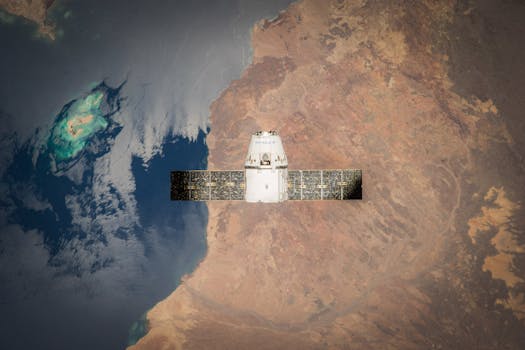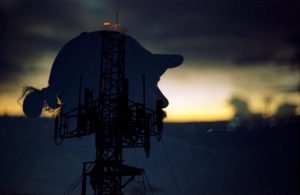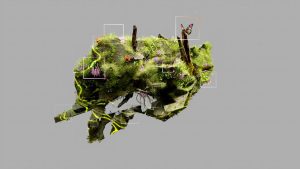
Eyes in the Sky: Advanced Technologies Transforming Earth Observation
Eyes in the Sky: Advanced Technologies Transforming Earth Observation is revolutionizing the way we monitor and understand our planet. With the help of advanced satellite technology and remote sensing, we are now able to collect and analyze vast amounts of data about the Earth’s surface and atmosphere.
The use of Eyes in the Sky: Advanced Technologies Transforming Earth Observation has numerous applications, including environmental monitoring, disaster response, and resource management. For instance, satellite imagery can be used to track deforestation, monitor ocean health, and detect natural disasters such as hurricanes and wildfires.
History of Earth Observation
The concept of earth observation dates back to the 1960s, when the first satellite, TIROS-1, was launched into space. Since then, the technology has evolved significantly, with advancements in satellite design, sensor technology, and data analysis. Today, there are thousands of satellites orbiting the Earth, collecting data on everything from weather patterns to soil moisture.
One of the key drivers of this evolution has been the development of remote sensing technology. Remote sensing allows satellites to collect data about the Earth’s surface without physically touching it. This is achieved through the use of sensors that detect different types of electromagnetic radiation, such as visible light, infrared, and radar.
Advanced Technologies
Several advanced technologies are transforming the field of earth observation. One of the most significant is the development of high-resolution satellite imagery. This allows for the collection of detailed images of the Earth’s surface, with resolutions as high as 30 centimeters per pixel.
Another key technology is synthetic aperture radar (SAR). SAR uses radar pulses to create high-resolution images of the Earth’s surface, even in areas with heavy cloud cover or at night. This makes it an ideal tool for monitoring areas with frequent cloud cover, such as tropical rainforests.
Additionally, the development of satellite constellations is also transforming the field of earth observation. Satellite constellations involve launching multiple satellites into orbit, which can provide near-real-time data and imagery of the Earth’s surface. This is particularly useful for applications such as disaster response, where timely data is critical.
Applications and Benefits
The applications of Eyes in the Sky: Advanced Technologies Transforming Earth Observation are numerous and varied. Some of the most significant include environmental monitoring, disaster response, and resource management.
For instance, satellite imagery can be used to track deforestation, monitor ocean health, and detect natural disasters such as hurricanes and wildfires. This information can be used to inform policy decisions, develop sustainable land use practices, and respond to emergencies.
In addition, earth observation data can also be used to support economic development. For example, satellite imagery can be used to identify areas with high potential for agricultural production, or to monitor the health of crops and livestock.
Conclusion
In conclusion, Eyes in the Sky: Advanced Technologies Transforming Earth Observation is revolutionizing the way we monitor and understand our planet. With the help of advanced satellite technology and remote sensing, we are now able to collect and analyze vast amounts of data about the Earth’s surface and atmosphere.
As the technology continues to evolve, we can expect to see even more innovative applications of earth observation. From environmental monitoring to disaster response, the benefits of Eyes in the Sky: Advanced Technologies Transforming Earth Observation are clear. As we look to the future, it is essential that we continue to invest in and develop this critical technology.



